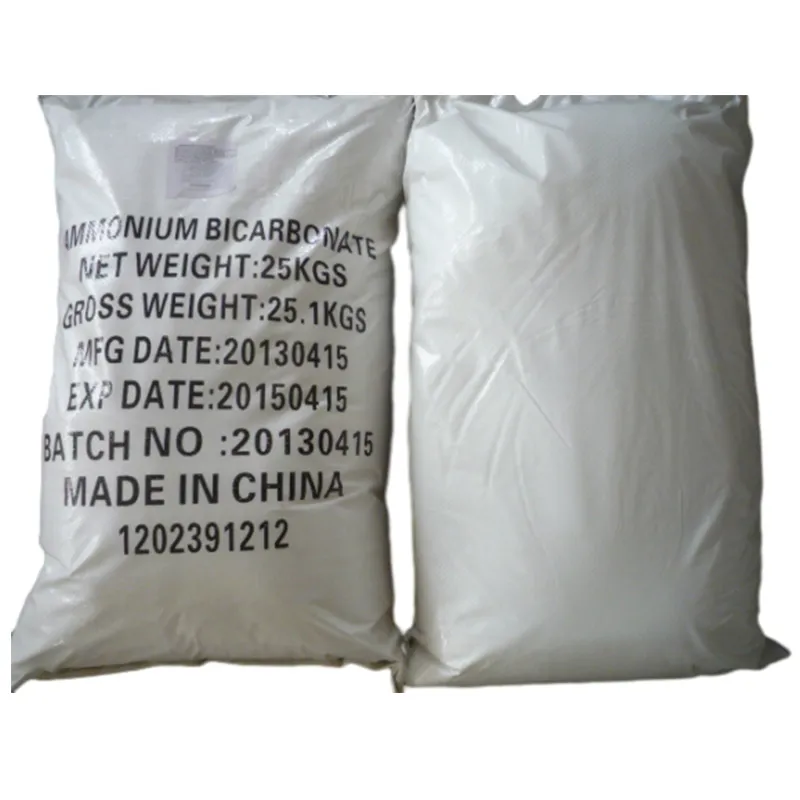
Exploring the Uses and Benefits of Maltodextrin and Monosodium Glutamate in Food Industry
Maltodextrin and Monosodium Glutamate Understanding Their Roles in Food and Nutrition
In the world of food science and nutrition, maltodextrin and monosodium glutamate (MSG) are two ingredients that often spark discussion among consumers and health enthusiasts alike. Though they serve different purposes in the culinary world, both have found their way into a variety of food products, influencing taste, texture, and shelf life. This article aims to explore the characteristics, uses, and health implications of maltodextrin and MSG.
Maltodextrin Profile and Uses
Maltodextrin is a polysaccharide that is produced from the hydrolysis of starch, often derived from corn, rice, or potato. It consists of glucose polymers and is commonly used as a thickener, filler, or preservative in processed foods. It is typically white, tasteless, and soluble in water. One of the most remarkable attributes of maltodextrin is its ability to enhance the texture and mouthfeel of various products, making it a staple in many low-fat and low-calorie items.
In terms of nutrition, maltodextrin is classified as a high glycemic index carbohydrate, meaning it can rapidly raise blood sugar levels. This characteristic makes it a popular choice for athletes or individuals needing quick energy. Many sports drinks and energy gels contain maltodextrin due to its rapid digestibility compared to other carbohydrate sources.
However, the health implications of consuming maltodextrin are debated. While it can be beneficial in providing quick energy during physical activity, excessive consumption, especially in processed foods, may contribute to weight gain and metabolic issues. Thus, moderation is key when incorporating maltodextrin into one’s diet.
Monosodium Glutamate Flavor Enhancer
maltodextrin monosodium glutamate

Monosodium glutamate, or MSG, is a flavor enhancer that is widely used in Asian cuisine, processed foods, and snack items. It is a sodium salt of glutamic acid, an amino acid that occurs naturally in many foods, including tomatoes and cheese. MSG is often credited with providing umami, the fifth basic taste, which is described as savory or meaty.
The use of MSG has been a point of contention among consumers and health experts. Some people report experiencing sensitivity to MSG, leading to a cluster of symptoms known as Chinese Restaurant Syndrome, which includes headaches, sweating, and nausea. However, numerous scientific studies have shown that MSG is generally recognized as safe when consumed within normal dietary limits. The U.S. Food and Drug Administration (FDA) considers MSG safe for consumption, and extensive research has failed to demonstrate any substantial health risks for most individuals.
Despite its safety profile, the perception of MSG remains mixed. Some consumers are keen to avoid it due to the association with health symptoms or because they prefer to eat “clean” foods with minimal additives. Consequently, many food manufacturers have shifted towards cleaner labels, opting to replace MSG with natural flavoring agents.
The Interplay Between Maltodextrin and MSG
Both maltodextrin and MSG have unique properties that make them valuable in food production. While maltodextrin serves primarily as a carbohydrate source and thickness enhancer, MSG enhances flavor. In certain products, the two can complement each other effectively. For example, in packaged soups or sauces, maltodextrin can improve the body and texture, while MSG elevates the overall flavor profile.
Conclusion
Maltodextrin and monosodium glutamate play significant roles in the food industry, impacting taste, texture, and nutrition. Understanding their characteristics and implications can empower consumers to make informed dietary choices. While both ingredients have their place in cooking and food production, moderation and awareness of individual dietary needs are essential. As the food industry evolves, the trend toward transparency and healthier alternatives may drive innovations in how we use these ingredients, forging a balance between enjoyment and health.
-
Why Glacial Acetic Acid Food Grade Is Essential in FlavorNewsMay.26,2025
-
Surging Export Growth of Food Additives in ChinaNewsMay.26,2025
-
How Ammonium Nitrate Fertilizer Boosts Crop YieldsNewsMay.26,2025
-
How 1,2,3-Benzotriazole Shields Plastics from UV DegradationNewsMay.26,2025
-
Cyanide in Gold Mining: Protecting People and the PlanetNewsMay.26,2025
-
Aluminum Hydroxide in Modern Sunscreen FormulationsNewsMay.26,2025
-
Understanding Synthetic Rubber OptionsNewsApr.27,2025
Hebei Tenger Chemical Technology Co., Ltd. focuses on the chemical industry and is committed to the export service of chemical raw materials.
-

view more DiethanolisopropanolamineIn the ever-growing field of chemical solutions, diethanolisopropanolamine (DEIPA) stands out as a versatile and important compound. Due to its unique chemical structure and properties, DEIPA is of interest to various industries including construction, personal care, and agriculture. -

view more TriisopropanolamineTriisopropanolamine (TIPA) alkanol amine substance, is a kind of alcohol amine compound with amino and alcohol hydroxyl, and because of its molecules contains both amino and hydroxyl. -

view more Tetramethyl Thiuram DisulfideTetramethyl thiuram disulfide, also known as TMTD, is a white to light-yellow powder with a distinct sulfur-like odor. It is soluble in organic solvents such as benzene, acetone, and ethyl acetate, making it highly versatile for use in different formulations. TMTD is known for its excellent vulcanization acceleration properties, which makes it a key ingredient in the production of rubber products. Additionally, it acts as an effective fungicide and bactericide, making it valuable in agricultural applications. Its high purity and stability ensure consistent performance, making it a preferred choice for manufacturers across various industries.











